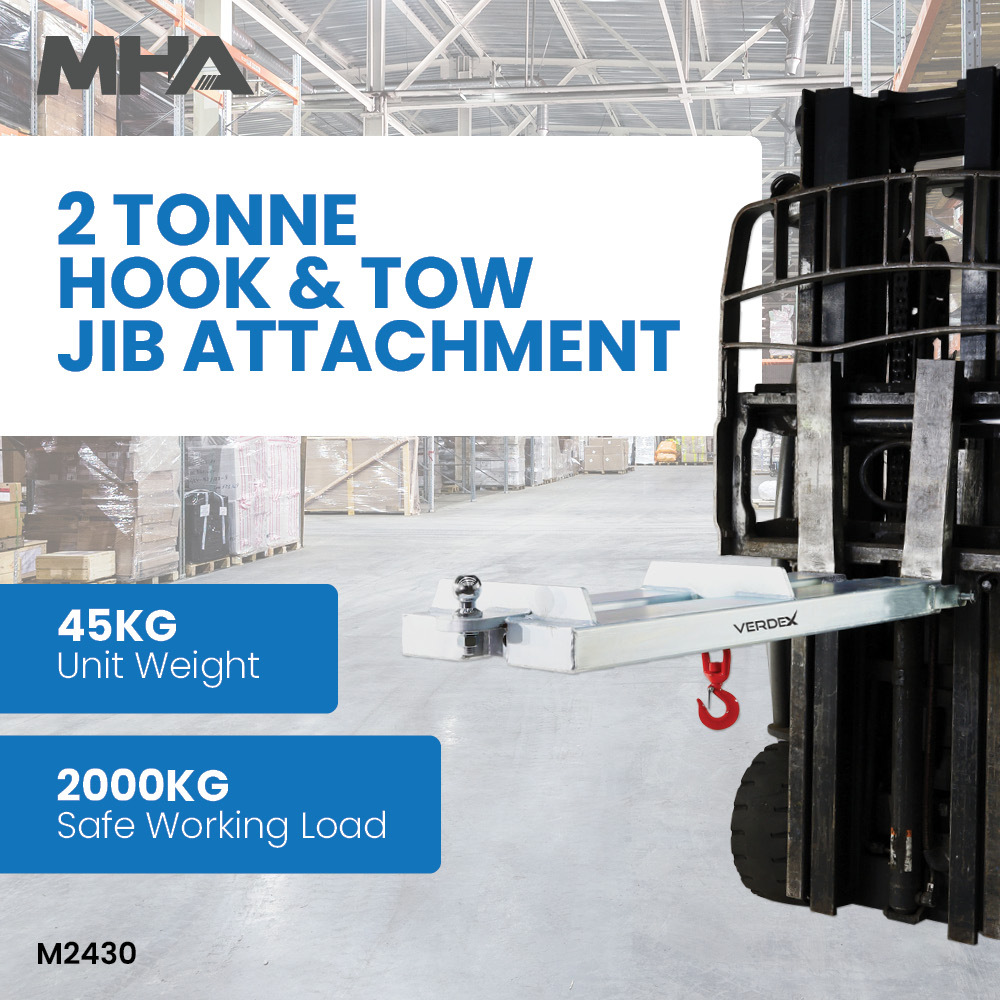Jibs: Versatile Lifting Solution for Industrial Applications
Date Posted:8 July 2024
Jibs are indispensable lifting devices that provide versatile and efficient solutions for material handling tasks in industrial environments. Through their functionality, flexibility, and safety features, jibs streamline lifting operations, enhance workpl
Jibs, also known as jib cranes or jib arms, are essential lifting devices widely used in industrial environments for material handling and maneuvering tasks. These versatile cranes feature a horizontal boom or arm that can be rotated, extended, or angled to position loads with precision and efficiency. From warehouses and manufacturing plants to construction sites and shipyards, jibs play a crucial role in streamlining lifting operations and improving productivity. In this article, we explore the functionality, benefits, and applications of jibs, highlighting their versatility and effectiveness in various industrial settings.
Functionality and Design
Jibs are designed to provide a flexible and efficient means of lifting and maneuvering heavy loads within a defined area. They consist of a vertical mast or pillar mounted on a stable base, with a horizontal boom or arm attached to a pivot point at the top of the mast. The boom can be rotated around the mast, allowing for 180-degree or 360-degree movement, depending on the configuration of the jib. Some jibs feature telescopic booms or articulated arms for increased reach and flexibility in positioning loads.
Types of Jibs
There are several types of jibs available to suit different lifting requirements and spatial constraints. Free-standing jibs are self-supporting structures that do not require attachment to existing building columns or structures, making them ideal for locations where floor space is limited or where portability is desired. Wall-mounted jibs are affixed to a wall or vertical surface, providing a space-saving lifting solution for areas with restricted floor space. Additionally, articulating jibs feature a movable arm that can be articulated or extended to reach into confined spaces or around obstacles.
Applications in Material Handling
Jibs are widely used for a variety of material handling tasks in industrial settings. In warehouses and distribution centers, jibs are used to lift and position pallets, containers, and other bulky items for loading and unloading operations. In manufacturing plants, jibs are employed for moving raw materials, components, and finished products between workstations or storage areas. Jibs are also used in construction sites for lifting building materials, equipment, and tools to elevated work platforms or scaffolding.
Enhancing Safety and Ergonomics
Jibs contribute to improved safety and ergonomics in lifting operations by reducing manual handling tasks and minimizing the risk of injuries associated with heavy lifting. By providing a stable and controlled lifting platform, jibs help prevent accidents, strains, and musculoskeletal injuries caused by lifting and carrying heavy loads manually. Additionally, jibs can be equipped with ergonomic lifting attachments, such as hooks, grabs, or vacuum lifters, to further enhance operator comfort and safety during lifting operations.
Increasing Productivity and Efficiency
The versatility and maneuverability of jibs allow for quick and efficient handling of loads, resulting in increased productivity and workflow efficiency in industrial operations. With jibs, operators can position loads precisely and easily maneuver them into place, reducing the time and effort required for lifting and transporting materials. This enables faster turnaround times, smoother production processes, and optimized use of resources, ultimately contributing to improved operational efficiency and competitiveness.
Jibs are indispensable lifting devices that provide versatile and efficient solutions for material handling tasks in industrial environments. Through their functionality, flexibility, and safety features, jibs streamline lifting operations, enhance workplace safety, and improve productivity in warehouses, manufacturing plants, construction sites, and other industrial settings. As industries continue to evolve and adapt to changing needs and challenges, the versatility and effectiveness of jibs as essential lifting tools will remain indispensable in optimizing material handling processes and driving operational excellence.




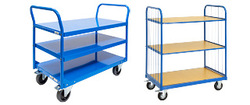

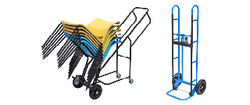


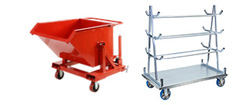
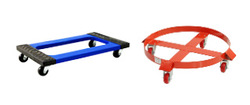
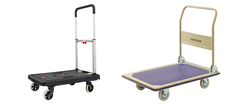
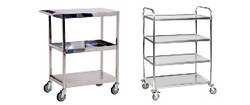

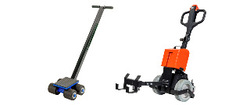
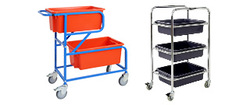
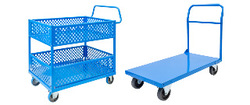
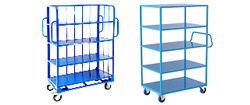
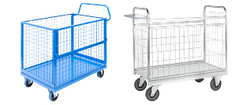
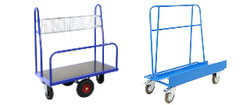
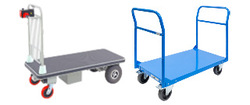
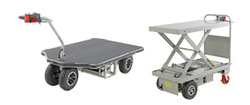

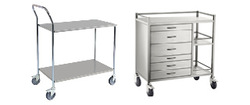
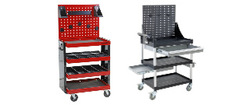
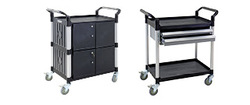
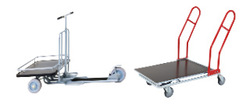
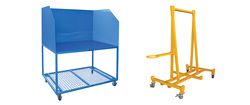



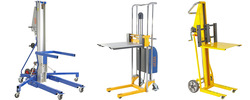



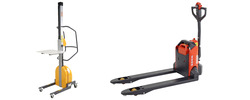
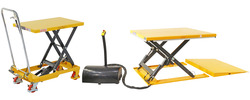
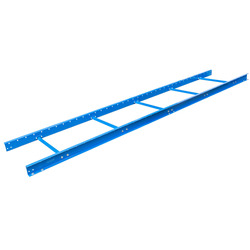
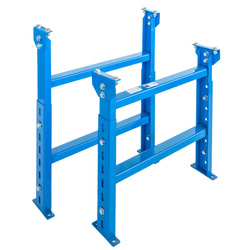

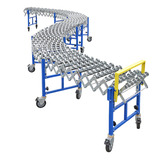




















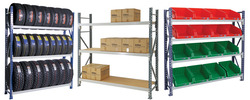
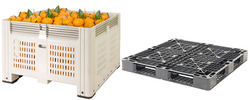
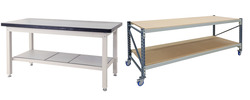
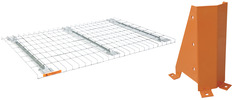
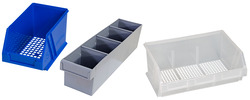



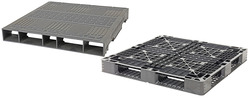

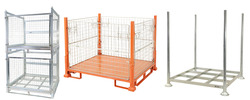

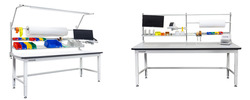


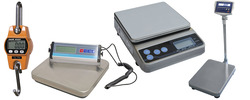



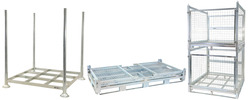
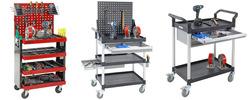
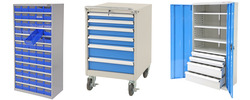

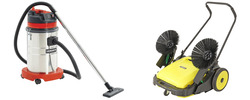











 Trolleys / Hand Trucks
Trolleys / Hand Trucks 2 Tier Trolleys
2 Tier Trolleys 3 Tier Trolleys
3 Tier Trolleys Aluminium Trolleys
Aluminium Trolleys Appliance & Hand Trucks
Appliance & Hand Trucks Cage Trolleys
Cage Trolleys Cleaning Carts & Trolleys
Cleaning Carts & Trolleys Construction Trolleys
Construction Trolleys Dollies
Dollies Foldable Trolleys
Foldable Trolleys Hospital Trolleys
Hospital Trolleys Laundry/Linen Trolleys
Laundry/Linen Trolleys Load Skates & Tow Tugs
Load Skates & Tow Tugs Mail / Office Trolleys
Mail / Office Trolleys Multi Purpose Trolleys
Multi Purpose Trolleys Multi-Tier Shelf Trolleys
Multi-Tier Shelf Trolleys Order Picking Trolleys
Order Picking Trolleys Panel Cart Trolleys
Panel Cart Trolleys Platform Trolleys
Platform Trolleys Powered Trolleys
Powered Trolleys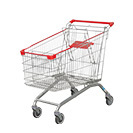 Shopping Trolleys
Shopping Trolleys Stainless Steel Trolleys
Stainless Steel Trolleys Tool Trolleys
Tool Trolleys Utility Carts
Utility Carts Warehouse Trolleys
Warehouse Trolleys Custom Trolleys
Custom Trolleys Lifting Equipment
Lifting Equipment Forklift Attachments
Forklift Attachments Jib Attachments
Jib Attachments Lifting Hoists & Pallet Hooks
Lifting Hoists & Pallet Hooks Manual Stackers & Lifters
Manual Stackers & Lifters Pallet Jacks
Pallet Jacks Pallet Lifters
Pallet Lifters Pallet Rotators & Dispenser
Pallet Rotators & Dispenser Powered Pallet Trucks & Electric Lifters
Powered Pallet Trucks & Electric Lifters Scissor Lift Trolleys and Tables
Scissor Lift Trolleys and Tables Conveyor Equipment
Conveyor Equipment Conveyor Frames
Conveyor Frames Conveyor Stands
Conveyor Stands Roller Conveyors
Roller Conveyors Skate Wheel Conveyors
Skate Wheel Conveyors Access Equipment
Access Equipment Container & Yard Ramps
Container & Yard Ramps Step Stools & Ladders
Step Stools & Ladders Work Platforms & Crane Cages
Work Platforms & Crane Cages Drum Handling
Drum Handling Drum Storage & Bunding
Drum Storage & Bunding Drum Trolleys & Lifters
Drum Trolleys & Lifters Forklift Drum Handling
Forklift Drum Handling Containment & Spillage
Containment & Spillage Aerosol Cans Storage Cages
Aerosol Cans Storage Cages Bunded Pallets & Storage
Bunded Pallets & Storage Corrosive Goods Storage Cabinets
Corrosive Goods Storage Cabinets Flammable Liquid Cabinets
Flammable Liquid Cabinets Forklift Gas Storage Cages
Forklift Gas Storage Cages Gas Cylinder Storage
Gas Cylinder Storage Site Storage
Site Storage Spill Kits
Spill Kits Stillage Cages
Stillage Cages Waste Handling
Waste Handling Bin Lifters & Tippers
Bin Lifters & Tippers Plastic Waste Bins and Carts
Plastic Waste Bins and Carts Steel Waste and Tipping Bins
Steel Waste and Tipping Bins Storage Equipment
Storage Equipment 750 Series Cage Configurations
750 Series Cage Configurations Heavy Duty Cabinets & Benches
Heavy Duty Cabinets & Benches Heavy Duty Shelving
Heavy Duty Shelving Mega Bins & Pallets
Mega Bins & Pallets Packing Benches
Packing Benches Pallet Racking Accessories
Pallet Racking Accessories Parts Trays & Stor-Pak Bins
Parts Trays & Stor-Pak Bins Pegboard & Louvre Panels
Pegboard & Louvre Panels Plastic Bins
Plastic Bins Plastic Handling Solutions Bins
Plastic Handling Solutions Bins Plastic Pallets
Plastic Pallets Stack & Nest Bins
Stack & Nest Bins Storage Cages
Storage Cages Workplace Equipment
Workplace Equipment Workbenches
Workbenches Modular Workbenches
Modular Workbenches Electric Height-Adjustable Workbenches
Electric Height-Adjustable Workbenches Floor Matting
Floor Matting Industrial Weighing Scales
Industrial Weighing Scales Pallet Wrapping & Packaging Machinery
Pallet Wrapping & Packaging Machinery Ramps
Ramps Stationery Cupboards
Stationery Cupboards Storage and Stillage Cages
Storage and Stillage Cages Tool Trolleys
Tool Trolleys Tooling Cabinets
Tooling Cabinets Wheelie Bins
Wheelie Bins Workshop Equipment
Workshop Equipment Safety Equipment
Safety Equipment Gloves and PPE
Gloves and PPE Pallet Rack Post Protectors
Pallet Rack Post Protectors Safety Barriers & Bollards
Safety Barriers & Bollards Safety Knives & Cutters
Safety Knives & Cutters Signs and Traffic Supplies
Signs and Traffic Supplies Tool & First Aid Boxes
Tool & First Aid Boxes Construction Equipment
Construction Equipment Concrete Equipment
Concrete Equipment General Site Equipment
General Site Equipment Lifting Equipment
Lifting Equipment Site Storage
Site Storage Waste
Waste 

